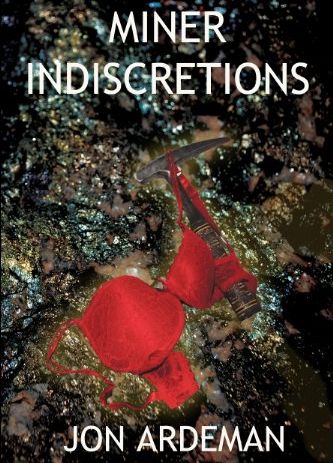Mr. Tremblay began placer mining a few years ago, a passion he
admitted is stoked more by the thrill of discovery than the
prospect of striking it rich. “When you see gold rimmed along
the bottom of a pan,” he said, “it’s better than sex.”
KENO CITY, Yukon Territory — The journey to the heart of Yukon’s historic mineral wealth started with a question posed to a waitress at the aptly titled Gold Rush hotel in the territorial capital of Whitehorse: What’s the weirdest place in Yukon?
Her answer was a patch of pay dirt around 290 miles north, past endless forests of spruce and golden-leafed aspen, at the end of a gravel road known as the Silver Trail. There lies Keno City, a gold-rush-era relic with about a dozen full-time residents, tap water not fit for human consumption and two bars whose owners haven’t been on speaking terms for more than a decade.
Perched among hills rich in silver, zinc and lead, Keno City began as a Swedish prospector’s staked claim in 1919, its name inspired by a popular gambling game and intended to lure hearty fortune-seekers with the promise of an ore-laden metropolis in Canada’s frigid northern reaches.
























